|
|
 |
 |
With the permanent stationing of U.S. Forces, the citizens of Augsburg had to perceive the presence of soldiers, military vehicles and an unusual activity in the western districts of the city. Due to the large-scale construction of housing areas since 1951, and the targeted arrival of the families of soldiers, the streets of ‘Little America’ came to life with children and youth. The ethnic diversity of the Americans caused already at a very early stage of the post-war reconstruction of the city an, until then, unknown internationalism that was to remain indefinitely. There were not only soldiers in uniform from different U.S. states but also complete families with their traditional American way of life.
With the beginning of the construction of Centerville Housing Area - south of today’s Bürgermeister-Ackermann-Straße (B.-A. Street) in 1951 - a Dependent Elementary School (grade school) with two Pre-School Kindergartens was finished in 1953. The school, Bldg 528 - designed by the German architect Paul Gerne - featured each and every convenience of the American culture, especially grand premises. Already in 1955, an annex in the western area had to be constructed. In 1967, temporary buildings were erected, which were replaced in 1977 by a vast second Elementary School, Bldg 581, in the Cramerton Housing Area. This was due to the increasing number of enlisted and professional soldiers with their dependents, after the American draft system had been terminated in 1973. During the 1980s, the most intensive school years, a total of 1,500 kids visited at the Elementary Schools. American elementary school kids behaved very disciplined after the end of their school day: they marched quietly two abreast from their classrooms to their respective school busses.
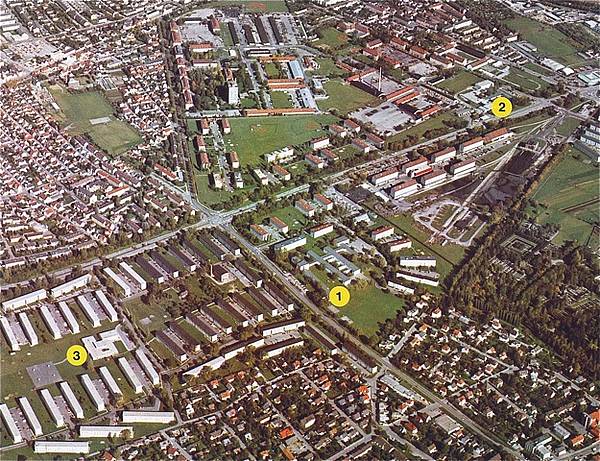 - The schools of USMCA Augsburg: 1 = Centerville Elementary. 2 = High School. 3 = Cramerton Elementary.
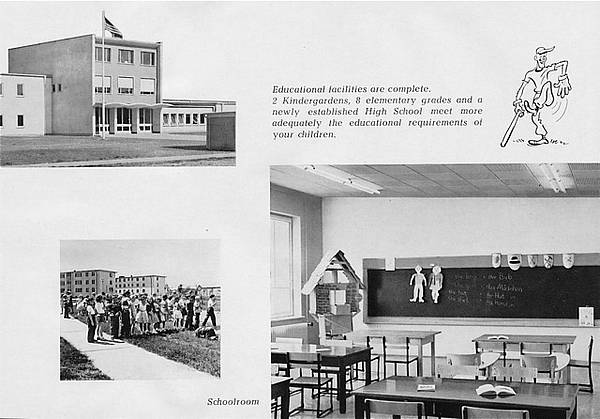 - The beginning of Centerville Elementary School, 1953.
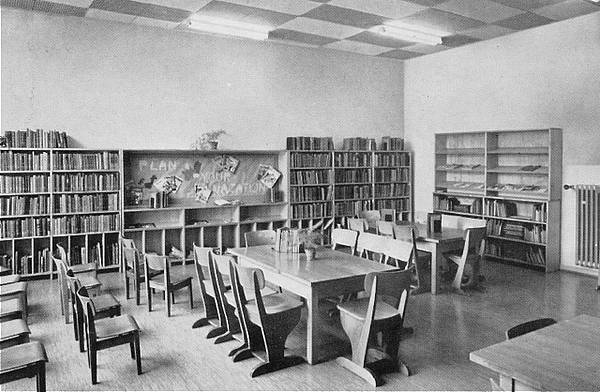 - Library and reading room.
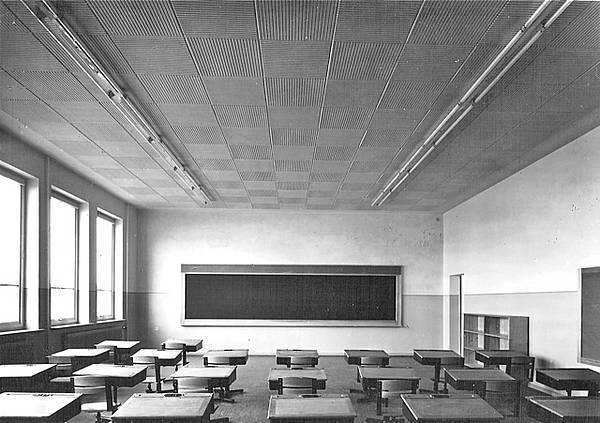 - A typical classroom.
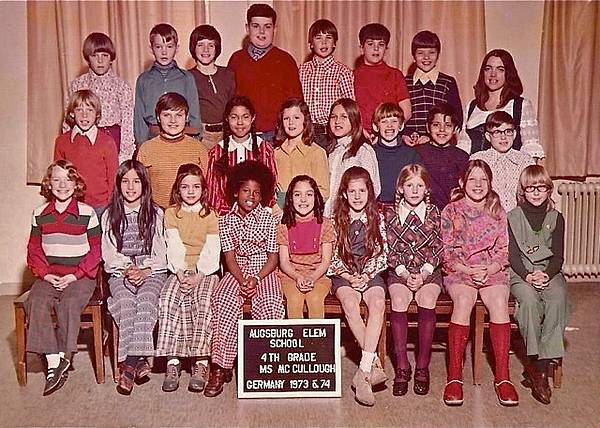 - 4th grade 1973/74
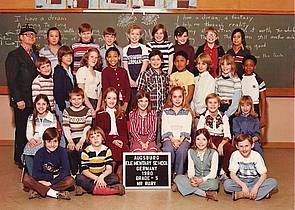 - 5th grade 1980
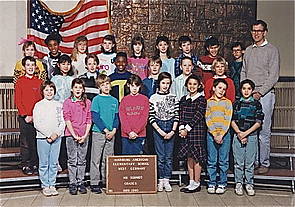 - 5th grade 1989/90
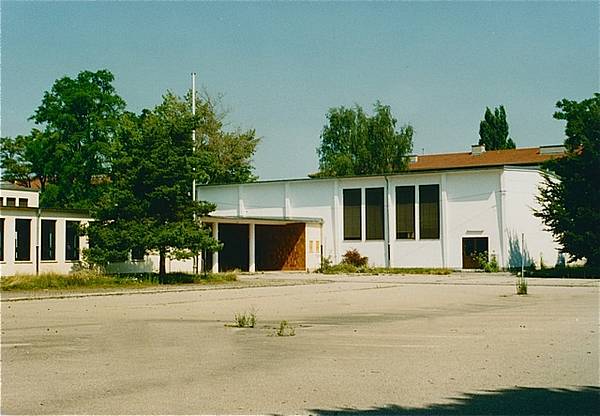 - The entrance area of Centerville South Elementary School.
In 1955-56, the new Augsburg American High School (AAHS), Bldg 591, then also called Dependent High School, for classes 7-12 was constructed at the southeast corner of Reese Barracks (architect: Wilhelm Wichtendahl). It was said to be one of the leading OCONUS schools. There were also children from the U.S. garrisons Landsberg, Ulm and Leipheim. In the 1980s, there were 50 teachers and staff members for 750 youth. Towards base closure, there were sometimes less than 10 pupils per class. Computer networks and databases were taken for granted by the Americans. The school was vastly extended already in 1961, and its interior was altered in the middle of the 1970s. The typical original U.S. flat roof with membrane roofing had to be replaced by pitched, watertight, profiled steel roof panels in the 1980s.
The High School consisted of a Middle School, Junior High School and Senior High School with the grades 9 thru 12. It was the equivalent to a ¾ day school with a lunchroom, and classes in the afternoon. Classes were also called freshmen, sophomores, juniors and seniors. The High School Diploma could be compared with the German Realschulabschluss or Abitur – depending on he test profile. However, it was not sufficient to go to a German university, for which a German Abitur would have been mandatory.
In addition to the major subjects, minor subjects, especially sports activities but also cultural subjects, handicraft and music (clubs), were important. Traditionally, classical U.S. disciplines like American football, basketball or baseball were in high esteem.
The school atmosphere was remarkable for strict discipline as well as a typical American casualness, the latter being somehow strange for the Germans. The relationship with the teachers was easy and open, without authoritarian mechanisms, but nevertheless respectful. Pupils were organized per their respective subjects, and not like German style grade classes. Before the beginning of the lessons, a meeting without teachers was held by the grades in a separate room. The integration of handicapped children was fundamental. As every teacher had his personal classroom, the furnishings of the rooms could usually remain unchanged. Connections to and partnerships with German schools were common, e.g. with Augsburg’s Jakob-Fugger-Gymnasium since 1982. Already on February 16, 1963, the High School band ‘The Creatures’ played at full blast during a ‘Deutsch-American Fasching-party’, alternately with the RG-Band, in the gym of the Realgymnasium (RG)(today Peutinger-Gymnasium). Mutual class visits were reported already in the mid 1950s.
Soon, the presence of the American pupils showed the local nationals that these were quite important in regard to their social value and status. The transportation between housing areas and schools by Army school busses was a sure sign for the safety awareness of the Americans, but also of the self-sufficient life within the Military Community. The fact that at the bus stops no bus was passed by any American car, was not understood by the Germans for a long time. A civilian bus driver remembers many years later the provoking and undisciplined behavior of some of the older pupils, especially at the final stage of the American presence. Probably, there was a generation conflict in both countries.
Schools were free of charge for the dependents of service members. As soon as a soldier had left service, expensive school charges had to be paid, even when he stayed on location. This was also the case for the children of the DACs.
The graduating classes of the ‘Apaches’ (that is what they called themselves) prepared a yearbook about their club activities, featuring a photo of every graduate. Graduation ceremonies took place with the well-known blue gowns and caps.
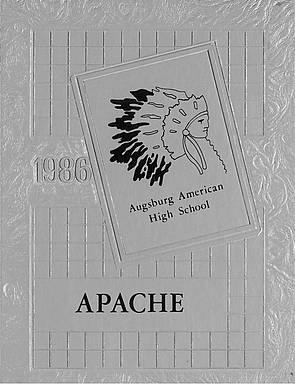 - Front page and interior page of an ‘Apache’ yearbook.
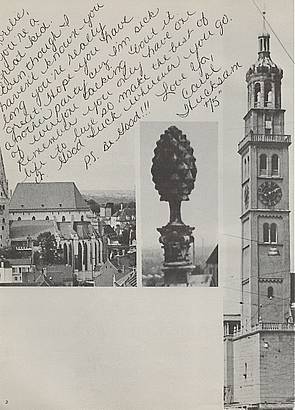
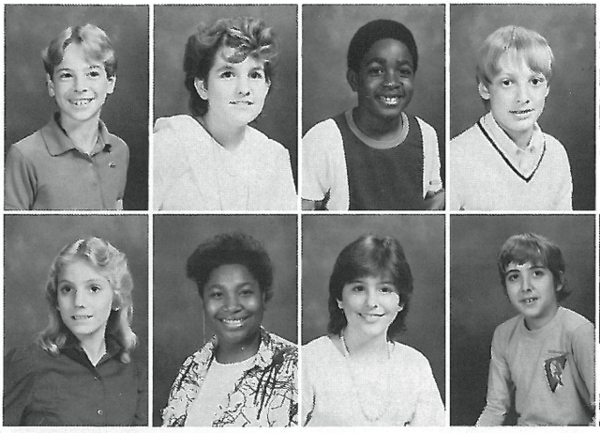 - Portraits of the 1971 yearbook.
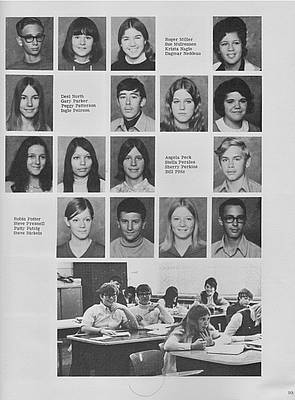 - Portraits of the 1971 yearbook.
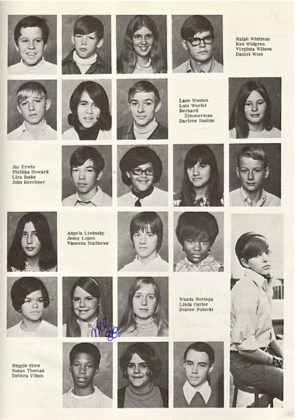
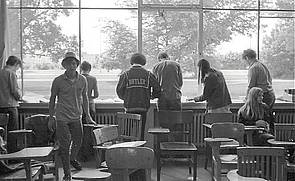 - High School classroom scenes, 1971.
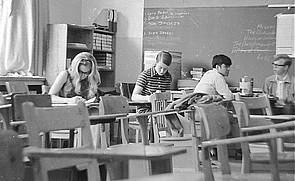
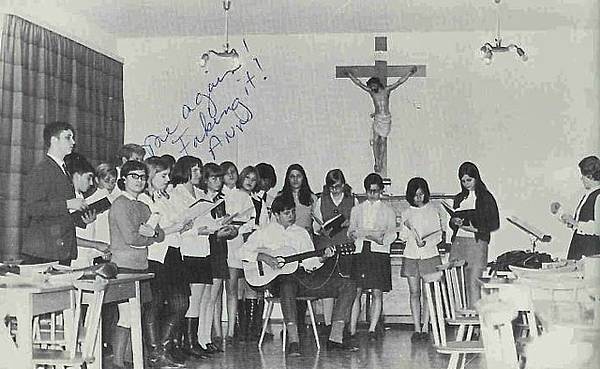 - Music and singing, 1970/71.
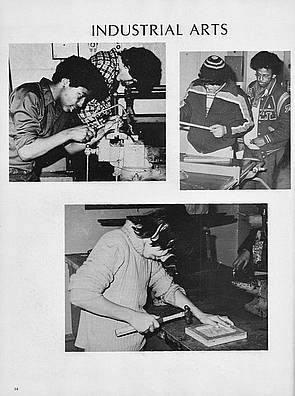 - Graphic art
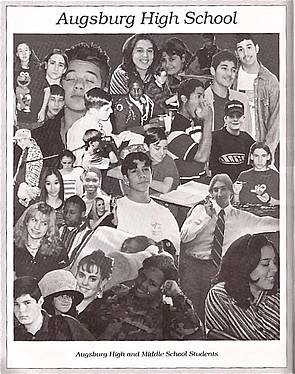 - and crafts class
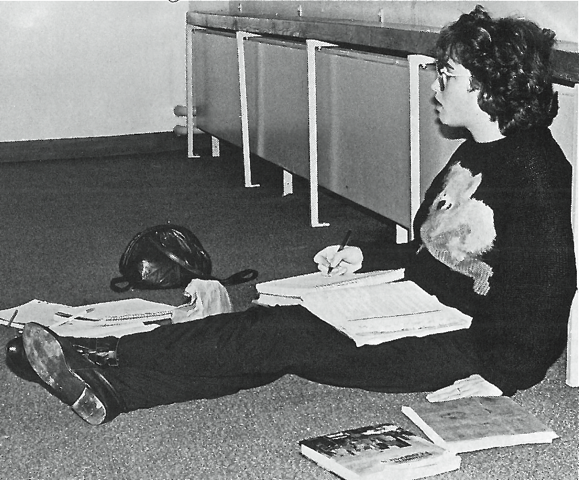 - Easy-going American students, 1986.
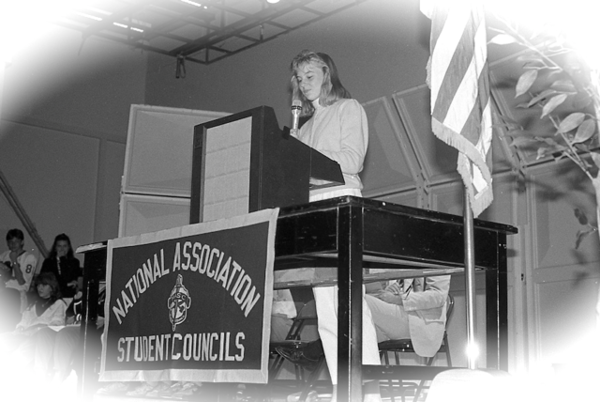 - Student Councils in Augsburg
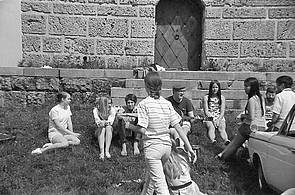 - Outing to the Bismarckturm near Steppach.
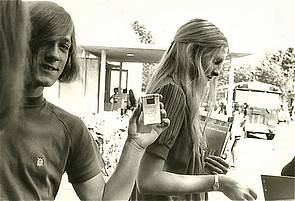 - The school bus is waiting.
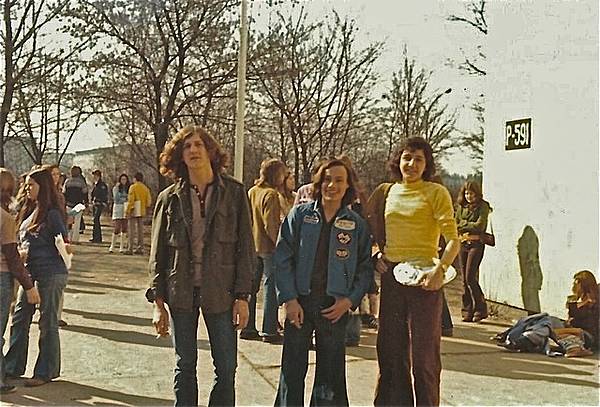 - Break scene in front of the High School, 1970s.
 - Leisure amusement at the ‘German-American Volksfest’ opposite High School.
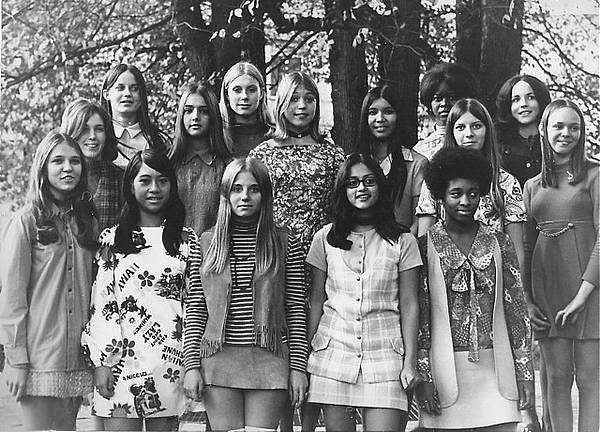 - Beauty Contest 1971.
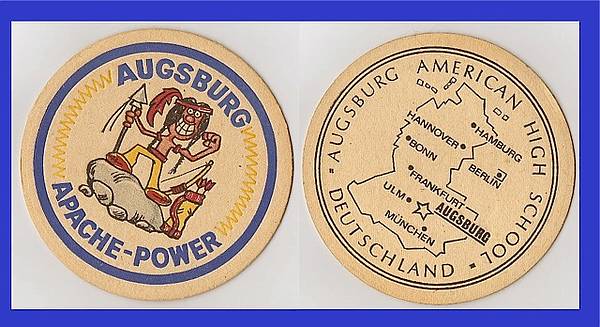 - The ‘Apaches’ enjoyed their own ‘Bierfilzeln’ (coasters).
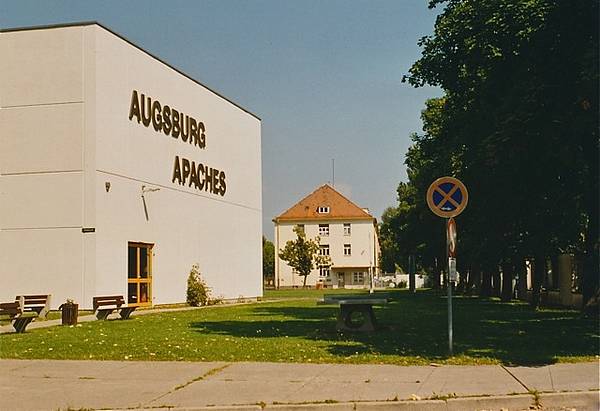 - The ‘Apache’ gym at the High School, Reese Barracks.
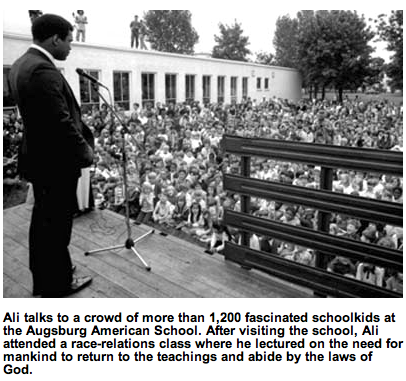 - Champion boxer Muhammad Ali visiting at Augsburg Elementary School in May 1976.
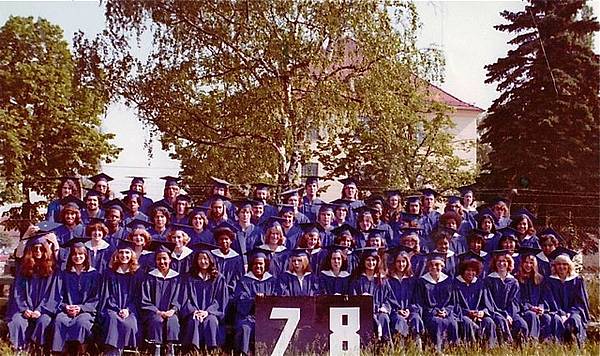 - Graduation 1978, Reese Barracks.
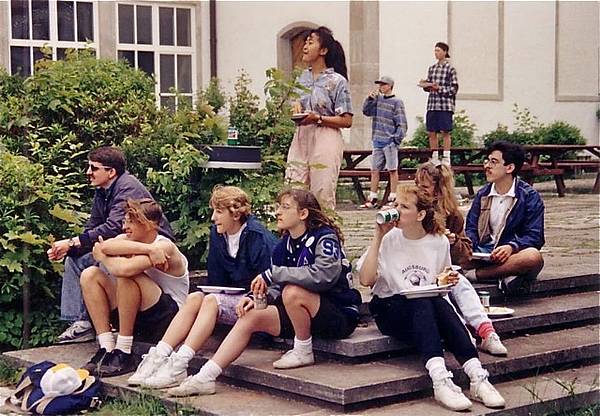 - Schoolboys and -girls at the Reese Recreation Center, Bldg 33.
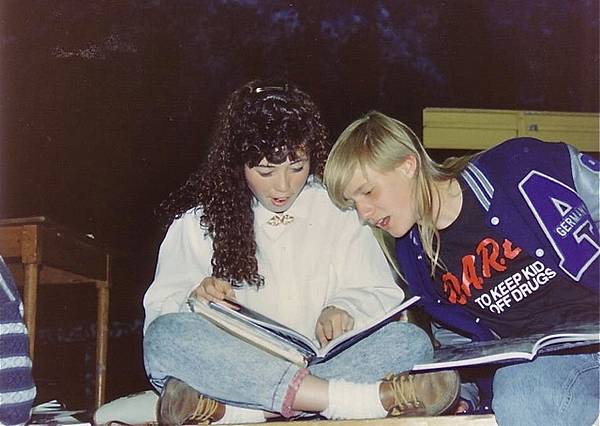 - Learning for life - also in Augsburg.
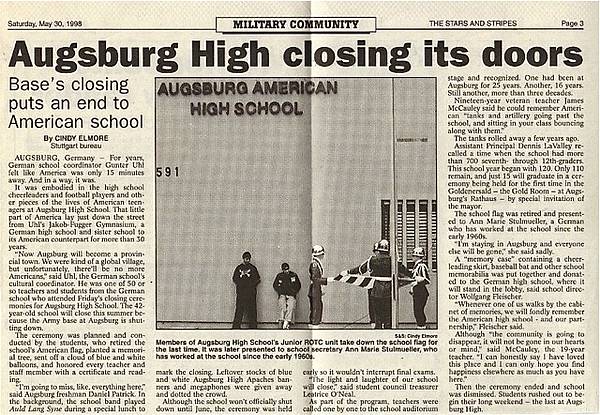 - The turning point: High School closure in May 1998.
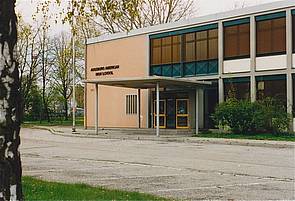 - Decommissioned: The Augsburg American High School (AAHS).
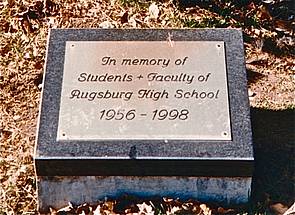 - A commemorative stone is located on the median strip of the parking lot.
During the escalating arms race at the beginning of the 1980s (the ‘Reagan years’), a lot of dependents moved also to the Augsburg area. Due to the replacement of combat units in favor of military intelligence units (Field Station Gablingen) the structure of the troops changed. Among other things, this led to a special training program at the Augsburg High School, called JROTC.
JROTC is the acronym for Junior Reserve Officer Training Corps, a Government financed optional training program since 1916. It includes paramilitary training, lessons in military history and civil rights at High Schools. Pupils are wearing uniforms on one or two days of the week. The patch, showing the school’s ‘Apache’ emblem, was officially approved on Nov 20, 1984: The slogan was ‘Valor, Courage and Wisdom´. Until now, about 75% of the U.S. Army’s officers as well as the majority of generals emerge from JROTC.
In spring of 1992, a branch of the University of Maryland relocated their campus from Munich’s McGraw Kaserne to Augsburg. This institution that had started in Munich even before 1950, had been established for the children of soldiers and DACs stationed in Germany and other European countries. College standard could be achieved by attending evening classes. A minimum of 400 students was expected in Reese Barracks for the summer of 1992. However, in 1994 the institution was transferred onwards to Mannheim, indicating the beginning of Augsburg’s base closure.
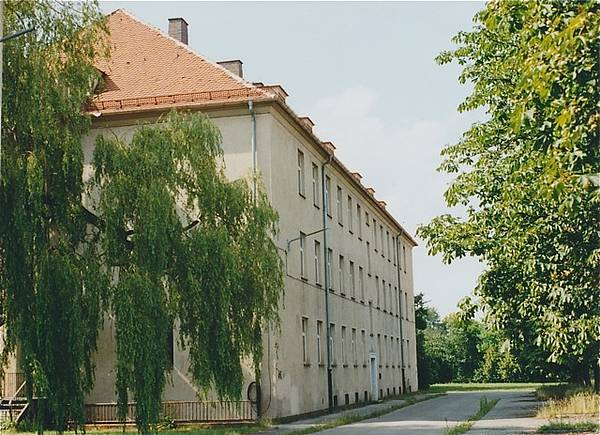 - Bldg 46, Reese Barracks: The first quarters of the University of Maryland.
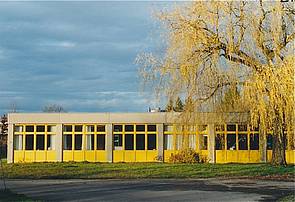 - The two University pavilions at the former Labor Service Camp.
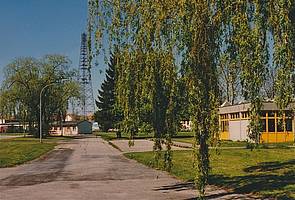
Augsburg is a lasting reminiscence for American kids, as can be seen in today’s social networks. Even decades later, Augsburg’s U.S. Americans, the previous ‘Apaches’, return to their former school that had left unforgettable traces in their lives.
(The first Elementary School in Centerville South is still existing – modernized with an impressive facelift – as Grund- und Mittelschule for the former U.S. Housing Areas. A parish center replaced the demolished Cramerton Elementary School. The High School was altered to a center for the hard of hearing).
Please see also: Location Augsburg > American Sports
Numerous photos provided by the schools’ facebook groups.
Translations: Heinz Strüber, 24.05.2013
|

|
|